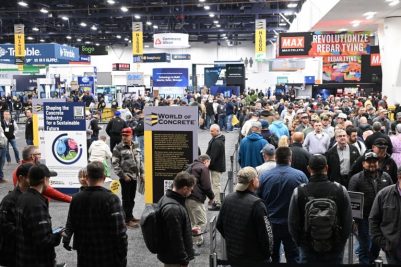CEMEX continues its path to a net-zero future by joining forces with integrated chemicals and energy company Sasol ecoFT and renewable energy company ENERTRAG in a milestone project that will combine CO2 with hydrogen to produce sustainable aviation fuel.

The project is part of CEMEX’s Future in Action program to reduce its carbon footprint and contribute to a circular economy. It is also an integral component of the company’s master plan to develop a carbon neutral operation at its Rüdersdorf, Germany, cement plant by 2030.
“We are excited to be part of this groundbreaking project that will contribute to the decarbonization of two of the world’s key industries,” said Fernando A. Gonzalez, CEO of CEMEX. “The path to carbon neutrality will be built with innovation, and we remain committed to being at the forefront in developing new circular technologies and processes.”
The consortium will source green hydrogen generated exclusively from wind and solar energy from ENERTRAG. The carbon dioxide will come from CEMEX’s Rüdersdorf plant, which will provide 100 tons of CO2 per day in the project’s initial stages. Sasol ecoFT will then contribute its technology to produce e-kerosene, which, once certified, can be blended to constitute up to 50% of jet fuel.
The Rüdersdorf carbon neutral alliance includes more than 20 startups, universities, companies from other industries, and authorities working to develop industrial-scale solutions using leading-edge technologies to achieve the first carbon-neutral cement plant in the world.



